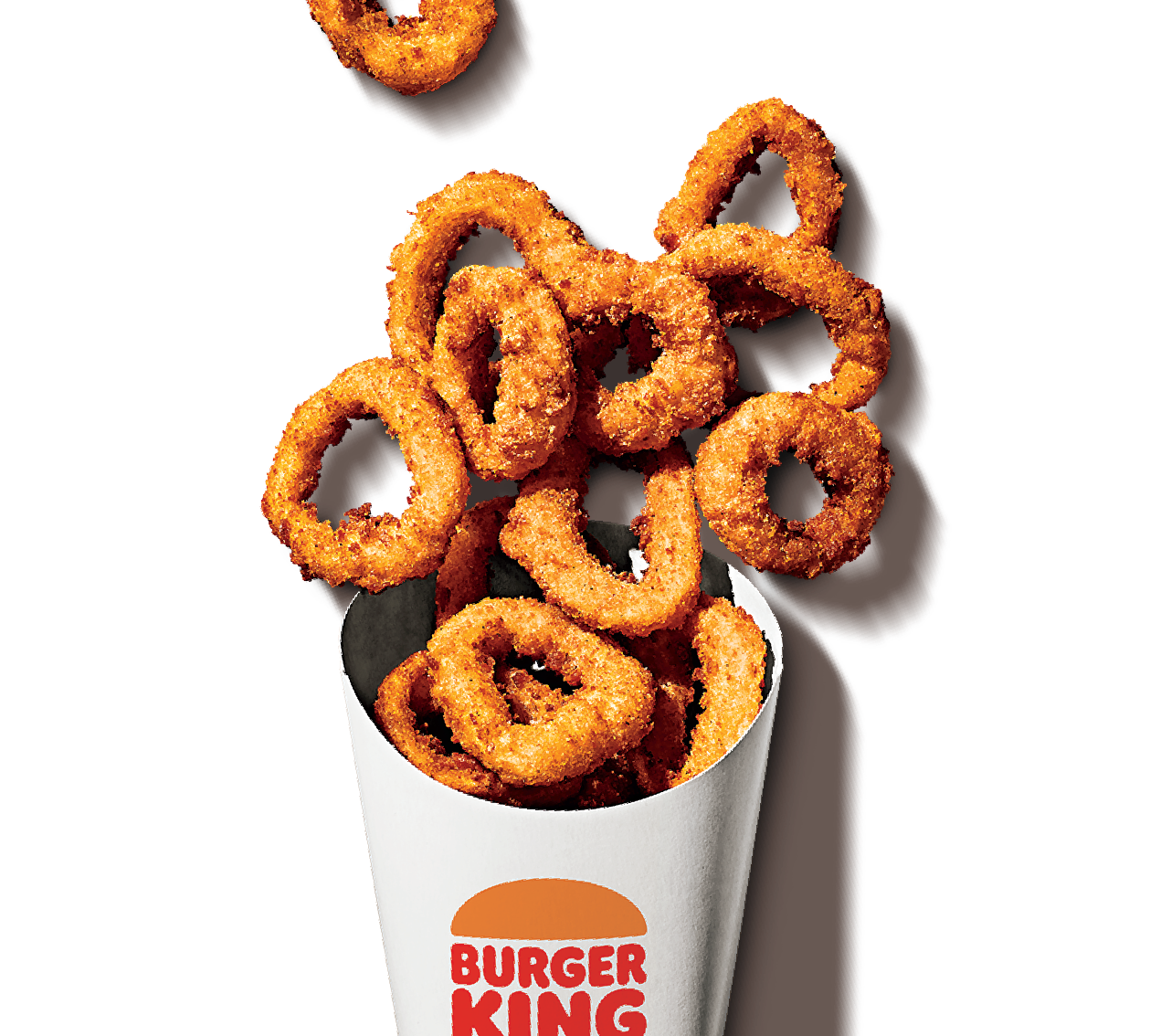Burger King Plane Incident: The Untold Story Behind The Chaos In The Skies
You’ve probably heard about the Burger King plane incident, but do you know the full story? It’s one of those bizarre moments where fast food meets aviation, and the results were… well, let’s just say it got messy. From the headlines to the social media buzz, this event turned into a viral sensation. But what really happened? Let’s dive deep into the details and uncover the truth behind the chaos.
Picture this: A plane full of passengers, an unexpected delay, and then—BAM!—Burger King enters the scene. Sounds like the start of a wild comedy, right? But this isn’t fiction; it’s a real-life story that shook the aviation world. The Burger King plane incident wasn’t just a random event; it sparked conversations about corporate responsibility, customer service, and even the power of social media.
Before we break it all down, let’s set the stage. This incident wasn’t just about a fast-food brand and a plane. It was a perfect storm of circumstances, decisions, and reactions that turned a routine flight into a global talking point. So, buckle up, because we’re about to take you through the twists and turns of this unforgettable event.
The Basics: What Happened in the Burger King Plane Incident?
Let’s start with the basics. The Burger King plane incident unfolded in 2023 when a promotional flight organized by Burger King went sideways. The idea was simple: Fly a group of influencers and journalists to an exclusive event, showcasing their latest menu items. But somewhere along the way, things took a turn for the worse.
Here’s the timeline: The flight was delayed, passengers grew restless, and then the unthinkable happened—food supplies ran out. Now, imagine being on a plane with Burger King’s name plastered everywhere, and suddenly there’s no Whopper in sight. It’s like a nightmare for any fast-food fan. The situation escalated quickly, with passengers taking to social media to vent their frustrations.
Key Events That Defined the Incident
So, what were the key moments that made this incident unforgettable? Here’s a quick rundown:
- Airplane branded with Burger King logos took off with much fanfare.
- Delays caused passengers to grow increasingly impatient.
- Food supplies ran out mid-flight, sparking outrage.
- Passengers shared their grievances online, turning the event into a viral sensation.
These events combined to create a perfect storm of negative publicity for Burger King. But was it all bad? Let’s explore further.
Behind the Scenes: The Planning and Execution
Every great story has a backstory, and the Burger King plane incident is no exception. Behind the scenes, the planning for this promotional event seemed solid. Burger King wanted to create a buzzworthy experience, and what better way than to fly people to an exclusive event? But as we all know, the best-laid plans can go awry.
What Went Wrong?
Several factors contributed to the mishap. First, the flight delay threw off the entire schedule. Second, the food supply was miscalculated, leaving passengers hungry and frustrated. And finally, the lack of contingency planning meant that Burger King was ill-prepared to handle the fallout.
But here’s the kicker: Despite the chaos, the incident ended up generating massive media attention. In a way, Burger King achieved their goal of creating buzz, albeit in a less-than-ideal manner. The question is, was it worth it?
The Impact on Burger King’s Brand
Let’s talk about the elephant in the room: How did the Burger King plane incident affect their brand? Initially, the reaction was overwhelmingly negative. Social media was flooded with complaints, memes, and sarcastic remarks. But as the dust settled, something interesting happened—Burger King’s brand awareness skyrocketed.
According to a study by Brandwatch, the incident generated over 10 million mentions on social media. While not all of these mentions were positive, they certainly kept Burger King in the spotlight. In fact, some marketing experts argue that the negative attention worked in their favor, as it kept the brand relevant and top-of-mind for consumers.
Lessons Learned for Brands
So, what can other brands learn from the Burger King plane incident? Here are a few key takeaways:
- Always have a contingency plan for promotional events.
- Be prepared to handle negative feedback gracefully.
- Social media can amplify both positive and negative experiences.
In today’s digital age, brands must be ready to adapt to unexpected situations. The Burger King plane incident serves as a reminder that even the best intentions can lead to unintended consequences.
Passenger Experiences: The Human Side of the Story
Now, let’s hear from the people who were actually on the plane. Passengers shared their experiences in vivid detail, painting a picture of frustration, hunger, and ultimately, resignation. One passenger described the situation as "a mix of amusement and annoyance," while another likened it to "being stuck in a flying fast-food restaurant with no food."
But not everyone was upset. Some passengers saw the humor in the situation and even posted lighthearted memes about the incident. One viral tweet read, "Burger King plane runs out of food mid-flight. Classic BK, always leaving you wanting more." It’s this kind of humor that helped diffuse the tension and turned a potentially disastrous situation into a shared experience.
Voices from the Flight
Here are a few more quotes from passengers:
- "I came for the Whopper, but left with a story."
- "It was like being on a reality show, but without the drama."
- "At least the seats were comfortable!"
These firsthand accounts provide a human perspective on the incident, reminding us that behind every viral story are real people with real emotions.
The Role of Social Media
Let’s face it: Social media played a huge role in amplifying the Burger King plane incident. Within hours of the event, hashtags like #BurgerKingFail and #NoWhopperOnBoard were trending worldwide. But it wasn’t just about the negative attention. Many users took the opportunity to engage with the brand in creative ways, turning the incident into a global conversation.
Burger King itself didn’t shy away from the spotlight. In fact, they leaned into the controversy, responding to tweets with humor and self-deprecation. One particularly clever response read, "We’re sorry about the food shortage, but hey, at least you got a free flight!" This approach helped humanize the brand and soften the blow of the negative publicity.
How Brands Can Harness Social Media
The Burger King plane incident offers valuable insights into how brands can effectively use social media. Here are a few strategies:
- Engage with your audience in a genuine way.
- Use humor to diffuse tense situations.
- Monitor social media conversations closely and respond promptly.
By embracing social media as a tool for communication, brands can turn potential PR disasters into opportunities for engagement.
The Bigger Picture: Corporate Responsibility
As we reflect on the Burger King plane incident, it’s important to consider the broader implications. This event raises questions about corporate responsibility and the role of companies in ensuring customer satisfaction. While Burger King’s intentions were good, the execution left much to be desired. It serves as a cautionary tale for businesses everywhere.
But it’s not all doom and gloom. The incident also highlights the power of transparency and accountability. By acknowledging their mistakes and taking steps to rectify them, Burger King demonstrated a commitment to improving their practices. This kind of corporate responsibility is crucial in today’s consumer-driven market.
Steps Toward Improvement
Here are a few steps companies can take to avoid similar incidents:
- Conduct thorough risk assessments before launching promotional events.
- Involve stakeholders in the planning process to ensure all perspectives are considered.
- Develop clear communication strategies to address potential issues.
By prioritizing these steps, companies can minimize the risk of future mishaps and build stronger relationships with their customers.
Conclusion: Lessons from the Burger King Plane Incident
As we wrap up our exploration of the Burger King plane incident, it’s clear that this event had a significant impact on both the brand and the public. While the initial reaction was one of frustration and disappointment, the incident ultimately provided valuable lessons for businesses and consumers alike.
For brands, the key takeaway is the importance of planning, transparency, and adaptability. For consumers, it’s a reminder that even the biggest companies can make mistakes—and that’s okay, as long as they learn from them.
So, what’s next for Burger King? Only time will tell, but one thing’s for sure—they’ve certainly left their mark on the aviation world. If you have thoughts or questions about the incident, feel free to leave a comment below. And don’t forget to share this article with your friends—after all, who doesn’t love a good fast-food story?
Until next time, keep flying high (and eating well)!
Table of Contents
- The Basics: What Happened in the Burger King Plane Incident?
- Behind the Scenes: The Planning and Execution
- The Impact on Burger King’s Brand
- Passenger Experiences: The Human Side of the Story
- The Role of Social Media
- The Bigger Picture: Corporate Responsibility
- Conclusion: Lessons from the Burger King Plane Incident
- Wang Yuwen Biography Age Dramas More The Rising Star
- Explore Redgifs A Guide To Gifs Community And More

BURGER KING® Menu

BurgerKing — Legacy Effects

Burger King in Triangle